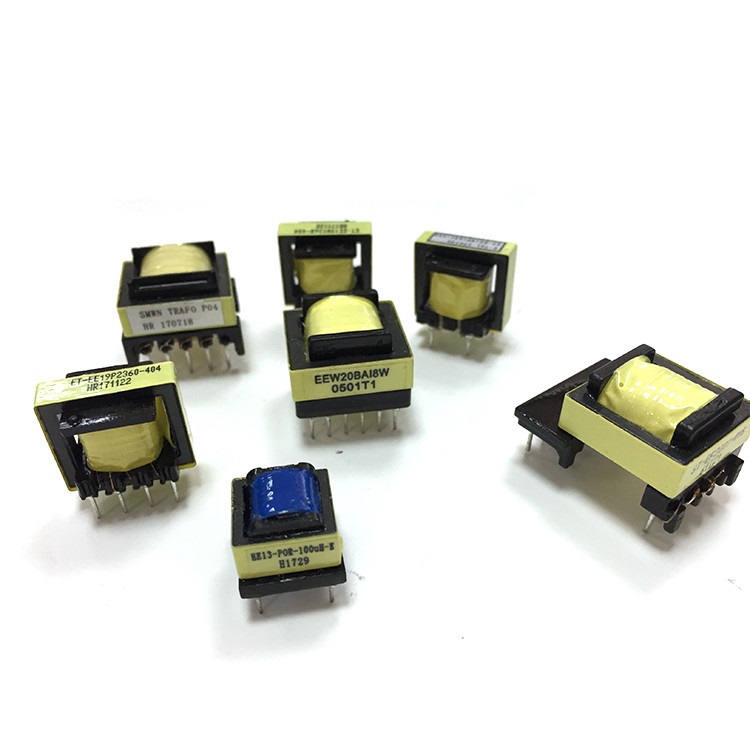In the realm of electrical engineering, transformers play a pivotal role in the transmission and distribution of electrical energy. Among the various types of transformers, current transformers (CTs) and power transformers (PTs) are two of the most commonly used. Despite their similar names, they serve distinct purposes and are integral to different aspects of electrical systems. This article delves into what current transformers and power transformers are used for, and highlights the main purpose of a current transformer.
What is a Current Transformer?
A current transformer is a type of instrument transformer designed to measure alternating current (AC). It works by producing a reduced current accurately proportional to the current in the circuit, which can then be safely monitored and measured by standard instruments. CTs are essential in situations where the current levels are too high to be directly measured by conventional instruments.
Main Purpose of a Current Transformer
The primary purpose of a current transformer is to facilitate the safe measurement and monitoring of high current levels. By stepping down the current to a lower, more manageable level, CTs allow for the use of standard measuring instruments and protective relays. This is crucial for the following reasons:
Safety: Directly measuring high currents can be dangerous. CTs reduce the current to a safer level, minimizing the risk to personnel and equipment.
Accuracy: CTs provide accurate current measurements, which are essential for the proper functioning of protective relays and metering devices.
Isolation: They provide electrical isolation between the high-voltage power circuit and the measuring instruments, protecting the latter from high-voltage surges.



Applications of Current Transformers
Current transformers are widely used in various applications, including:
Power System Protection: CTs are integral to the operation of protective relays, which detect faults and initiate circuit breakers to isolate faulty sections.
Metering: They are used in energy meters to measure the amount of electrical energy consumed.
Monitoring: CTs help in monitoring the current flow in power systems, enabling the detection of overloads and ensuring efficient energy distribution.
What is a Power Transformer?
A power transformer, on the other hand, is designed to transfer electrical energy between two or more circuits through electromagnetic induction. Power transformers are used to step up (increase) or step down (decrease) voltage levels in power systems, facilitating the efficient transmission and distribution of electrical energy over long distances.
Main Purpose of a Power Transformer
The main purpose of a power transformer is to enable the efficient transmission of electrical power from generation stations to end-users. This involves:
Voltage Regulation: Power transformers adjust voltage levels to minimize energy loss during transmission. High voltages are used for long-distance transmission to reduce current and, consequently, resistive losses.
Load Distribution: They help in distributing electrical loads across different circuits, ensuring a balanced and stable power supply.
Isolation: Power transformers provide electrical isolation between different sections of the power system, enhancing safety and reliability.



Applications of Power Transformers
Power transformers are crucial in various stages of the power supply chain, including:
Generation Stations: They step up the voltage generated by power plants for efficient long-distance transmission.
Substations: Power transformers in substations step down the high transmission voltages to lower levels suitable for distribution to homes and businesses.
Industrial Applications: They are used in industrial settings to provide the necessary voltage levels for different machinery and equipment.
Conclusion
In summary, current transformers and power transformers serve distinct yet complementary roles in electrical systems. Current transformers are primarily used for measuring and monitoring high current levels safely and accurately, while power transformers are essential for the efficient transmission and distribution of electrical energy. Understanding the functions and applications of these transformers is crucial for anyone involved in the field of electrical engineering.
Post time: Sep-24-2024

